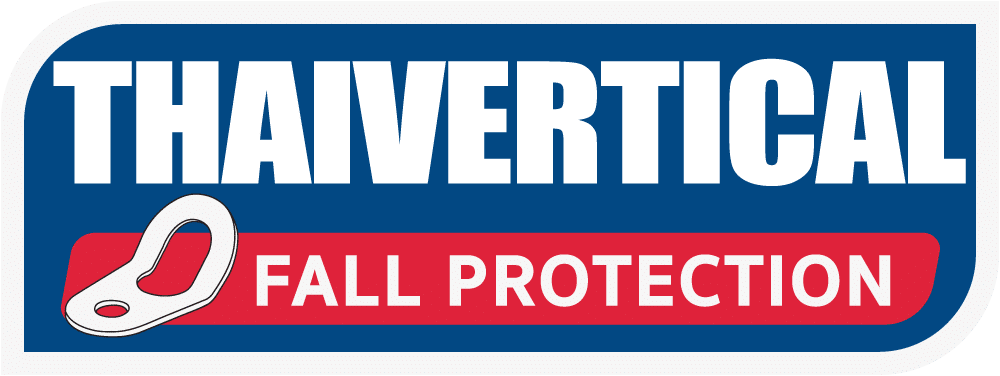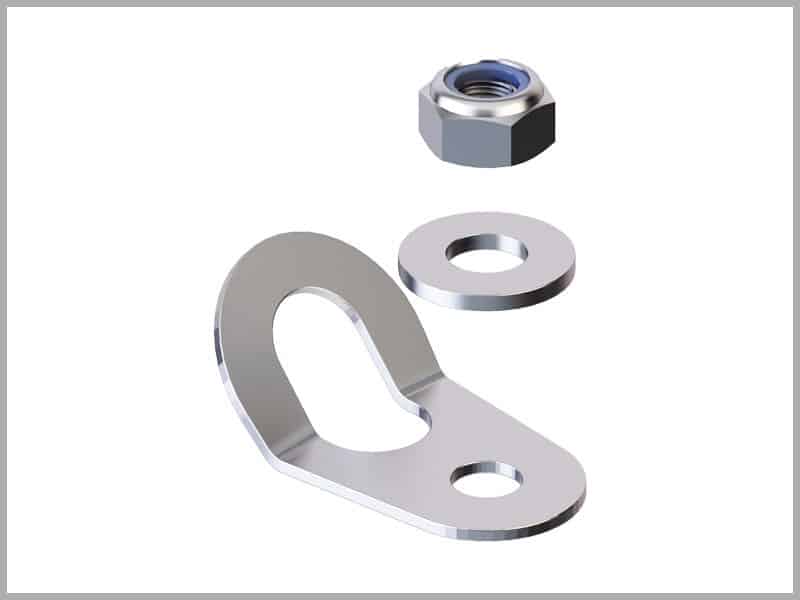ANCHOR POINTS are an essential part of fall arrest and work at height safety systems. They serve as a stable and safe point for attaching or securing a fall arrest line, fall protection pulley, or other safety equipment to prevent falls from heights. Anchor points are typically installed on structures that are strong enough to withstand the weight and impact, such as roofs, poles, or walls.
Key Characteristics of Anchor Points include:
-
Strength: The anchor point must be able to withstand high loads and impact forces.
-
Stability: It must be securely installed and not shift during use.
-
Safety Standards Compliance: Must be manufactured and installed according to defined safety standards.
-
Proper Positioning: Installed in a location suitable for worker operation and movement.
Anchor points play a vital role in preventing falls and reducing risks associated with working at heights.
Anchor points are governed by specific standards to ensure safety and strength during use. These standards are set by organizations responsible for workplace safety, including:
1. OSHA Standards (Occupational Safety and Health Administration):
-
OSHA 1910.140: Standard for fall protection systems, including requirements for anchor points.
2. ANSI Standards (American National Standards Institute):
-
ANSI Z359.1: Standard for fall protection equipment, including requirements for anchor points’ strength and installation.
-
ANSI Z359.18: Standard for selection, design, and installation of anchor points.
3. EN Standards (European Norms):
-
EN 795: Standard for anchor devices used in fall protection systems in Europe.
4. CSA Standards (Canadian Standards Association):
-
CSA Z259.16: Standard for anchor points used in Canada.
Main requirements defined by these standards include:
-
Strength and Load Capacity: Anchor points must support at least 5,000 pounds (22.2 kN) per worker.
-
Materials and Manufacturing: Must be made of durable, corrosion-resistant materials.
-
Installation and Inspection: Must be installed and inspected by qualified professionals.
-
Maintenance: Must be regularly inspected and maintained to ensure safe performance.
Compliance with these standards is essential to ensure the safety of workers operating at heights.


